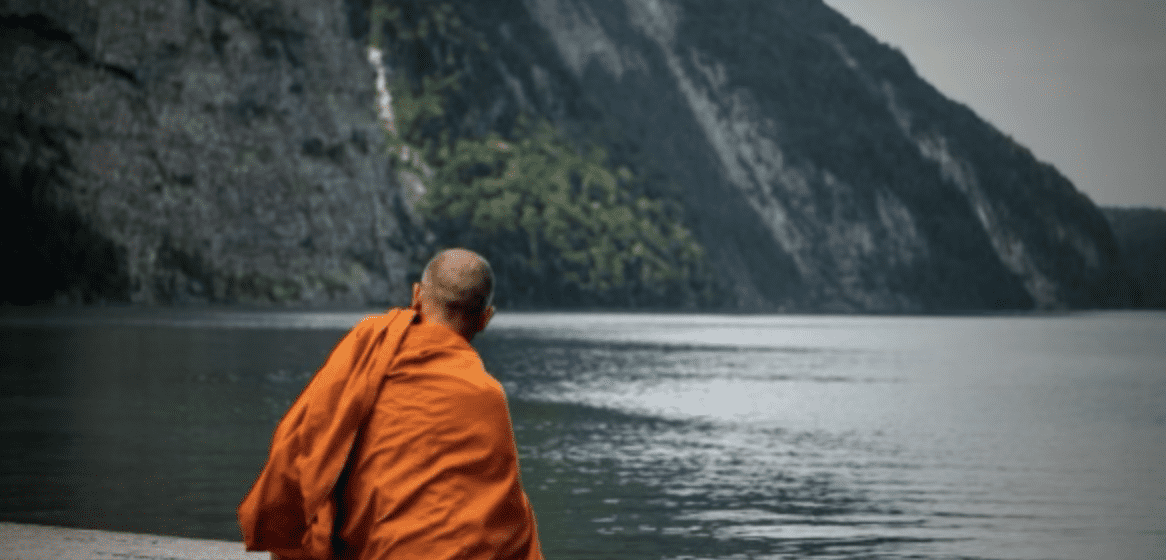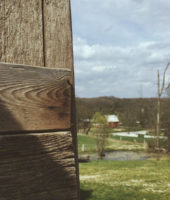Over a decade back, I went on a life changing adventure that still serves as a source of inspiration for me. I spent three months living amongst Benedictine and Trappist monks. I had no idea at the beginning what my venture would lead to – I was on a mission to do research for a novel that had captured my imagination. First there was intensive planning –taking a leave of absence from work, writing to monastery guest masters, coordinating dates, planes, on the ground transportation, and then there was the mental preparation for what I envisioned was going to be a very quiet and internal experience. How did one prepare to live amongst monks? I decided that three weeks at an ashram in Pennsylvania, participating in their self-transformation program, or STP, was my best option.
My unraveling from hectic New York City life began at once. The ashram’s dormitory was an old convent, and I slept in a room that consisted of a cot, a dorm-room like desk, and an empty metal bookshelf. During my first week, I awoke one night at 3 am to my room door being wide open as there were no door locks in the dorm.
At the ashram we ate an ayurvedic diet (all natural, nothing artificial) and meditated and practiced yoga regularly. And we worked. All day. Every day. I met a group that was not unlike the Breakfast Club, and we became fast friends. There was an aspiring chef, a husband in need of redirection, a musician, a recent college graduate recovering from drug addiction. Our commonality was a desire to evolve. I was up by 4:30 am each morning to meditate and practice yoga, and then was off for my run, all before our 7 am breakfast.
We planted flower gardens and worked on the ayurvedic farm planting and tilling the earth. We ate together, toiled together, and practiced yoga together. There was a night we all broke out and ate ice cream and woke up with sugar hangovers – proof that our ayurvedic diets were cleansing us. Over the weeks, we each transformed our lives in some way. Then I was headed back to NYC to get ready for my monastic adventure.
I had plotted my summer as such: first, I was to visit St. Peter’s Abbey in Muenster, Saskatchewan – remote on the Canadian Prairies; next came Mepkin Abbey located in Moncks Corner, South Carolina; after I was to visit Saint Joseph’s Abbey in Spencer Massachusetts, and my final visit was to be to Prince of Peace Abbey near San Diego, California. There were other monastery visits local to NYC, too.
I had envisioned a peaceful summer of writing and gathering research for my novel, but it turned out to be one of the greatest growth periods of my life. The quiet I endured, and later learned to embrace, made my mind noisy and forced me to re-examine everything that I thought that I knew about my life, my relationships, myself. I learned about the Benedictine’s vows of stability, conversion, and obedience. Stability referred to their commitment to their community and way of life. Conversion referred to keeping one’s mind and heart open to God. And obedience, which they referred to in a healthy sense, was tinged with discipline and intention in one’s relation to God. To the monks, obedience was a form of humility that involved respecting others, especially those who were helping to guide you on your path.
The Benedictine’s days revolved around five practices: prayer, work, study, hospitality, and renewal. There was a time to be together, a time to be alone, time to read, time to work, and time to replenish. The simplicity spoke to me in a profound way. So many of my days had revolved around rushing to meet work deadlines, preparing for meetings, and moments of constant crisis, that being amongst the monks, it was clear to me that in my frenzied existence I had misplaced the aspects of my life that brought me joy, reflection, growth. I had been filling my mind, my heart, my life, with things to do and places to be, but I wasn’t doing the internal cultivation that leads to growth.
At the monasteries I learned about work that wasn’t about generating revenue, but sustaining my keep. I learned about stopping to give thanks, and about living in unison amongst others from a place of compassion. I learned about quiet time at a whole new level, and how going inside was really where the answers that I sought lived.
The cast of characters I encountered at the monasteries taught me empathy: at Mepkin Abbey I met a middle-aged professor discerning his career, his life. In Saskatoon I met a monk discerning his vows. I learned that at all stages, regardless if we report to God or to some other higher power, we are all works in progress. I learned about balance, and the significance of taking breaks throughout the day to reassess, to connect, and come back to your calling.
It’s worth noting that I am not catholic. And yet the monks accepted me. They did not ask me about my beliefs, only that I accept theirs while I was in their presence. Acceptance was embedded in their lifestyle, and as a result, I came to question my limitations and aspired to be more open minded.
During those months I learned to believe that there were silent hands all around me willing to help me and guide me. One of the monks informed me that long after I left their company, they would pray for me. As one of them told me, “It’s our job to look out for one another in this world.”
I can still see those magnificent old oak trees along the Cooper River at Mepkin Abbey. How much I grew walking those tree-lined paths. Now, over a decade later, I am clear that the things that shape and shift us, that lead us to aspire to greatness, are often rooted deep within us, and how the true connections of our lives surpass time and place, and that the time we create for ourselves to connect with nature, with the universe, and with our inner selves are perhaps the most valuable times of our lives.




